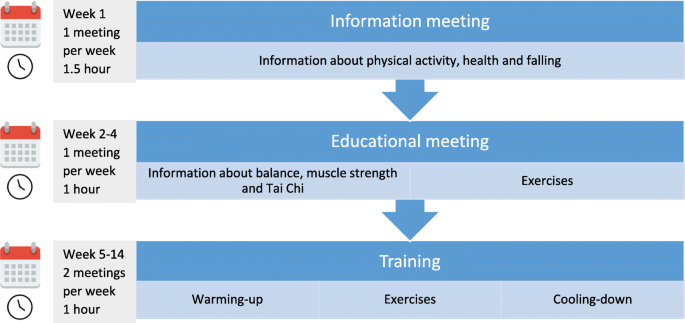Not known Details About Dementia Fall Risk
The 8-Minute Rule for Dementia Fall Risk
Table of ContentsThe Single Strategy To Use For Dementia Fall Risk8 Easy Facts About Dementia Fall Risk ShownThe Facts About Dementia Fall Risk UncoveredSome Known Details About Dementia Fall Risk
A loss danger analysis checks to see how likely it is that you will certainly fall. The evaluation usually includes: This includes a series of concerns regarding your general wellness and if you have actually had previous drops or issues with equilibrium, standing, and/or strolling.Treatments are referrals that might lower your danger of dropping. STEADI consists of three steps: you for your risk of falling for your threat aspects that can be boosted to attempt to protect against falls (for example, equilibrium issues, impaired vision) to minimize your threat of dropping by making use of efficient techniques (for instance, offering education and sources), you may be asked numerous questions consisting of: Have you fallen in the previous year? Are you fretted about dropping?
If it takes you 12 seconds or even more, it may imply you are at greater threat for an autumn. This test checks stamina and equilibrium.
The placements will obtain more challenging as you go. Stand with your feet side-by-side. Move one foot midway forward, so the instep is touching the huge toe of your other foot. Move one foot totally in front of the various other, so the toes are touching the heel of your other foot.
Indicators on Dementia Fall Risk You Need To Know
Many falls take place as an outcome of several adding elements; as a result, handling the danger of falling starts with recognizing the aspects that add to fall danger - Dementia Fall Risk. Several of one of the most pertinent danger aspects consist of: Background of prior fallsChronic medical conditionsAcute illnessImpaired gait and equilibrium, reduced extremity weaknessCognitive impairmentChanges in visionCertain risky medicines and polypharmacyEnvironmental elements can additionally raise the threat for falls, consisting of: Poor lightingUneven or harmed flooringWet or slippery floorsMissing or harmed hand rails and get hold of barsDamaged or improperly fitted equipment, such as beds, mobility devices, or walkersImproper use assistive devicesInadequate guidance of the individuals residing in the NF, including those who exhibit hostile behaviorsA successful fall risk monitoring program needs a complete professional evaluation, with input from all participants of the interdisciplinary team

The care strategy ought to additionally consist of treatments that are system-based, such as those that advertise a secure environment (suitable lights, hand rails, order bars, etc). The performance of the interventions should be examined regularly, and the treatment plan changed as essential to mirror modifications in the loss threat analysis. Carrying out a loss danger monitoring system making use of evidence-based finest technique can decrease the prevalence of drops in the NF, while limiting the capacity for fall-related injuries.
What Does Dementia Fall Risk Mean?
The AGS/BGS guideline advises evaluating all grownups matured 65 years and older for fall risk every year. This screening consists of asking people whether they have actually fallen 2 or even more times in the past year or sought medical attention for a loss, or, if they have not fallen, whether they really feel unsteady when walking.
People who have actually fallen as soon as without injury ought to have their balance and gait examined; those with stride or balance irregularities must get extra evaluation. A background of 1 autumn without injury and without stride or balance problems does not require further evaluation past continued annual autumn danger screening. Dementia Fall Risk. A fall threat assessment is required as component of the Welcome to Medicare exam

Dementia Fall Risk for Beginners
Documenting a drops history is among the high quality indications for fall prevention and management. An important component of risk click here for more info analysis is a medication testimonial. Several classes of drugs enhance loss danger (Table 2). Psychoactive medicines in certain are independent predictors of falls. These drugs tend to be sedating, change the sensorium, and harm equilibrium and gait.
Postural hypotension can commonly be reduced by decreasing the dosage of blood pressurelowering medications and/or quiting medications that have orthostatic hypotension as a negative effects. Use above-the-knee support hose and sleeping with the head of the bed boosted might also decrease postural reductions in blood stress. The recommended aspects of a fall-focused checkup are revealed in Box 1.

A TUG time more than or equal to 12 secs suggests high fall threat. The 30-Second Chair Stand test examines lower extremity strength and equilibrium. Being unable to stand from a chair of knee height without using one's arms suggests boosted fall danger. The 4-Stage Balance test assesses fixed balance by having the patient stand in 4 positions, each progressively much more tough.